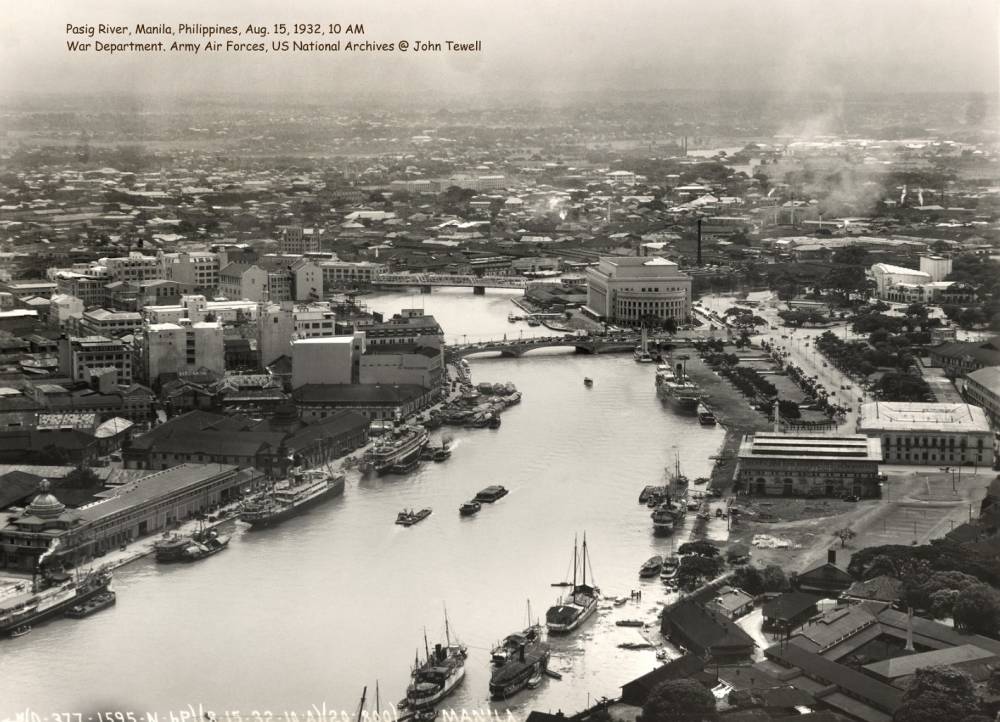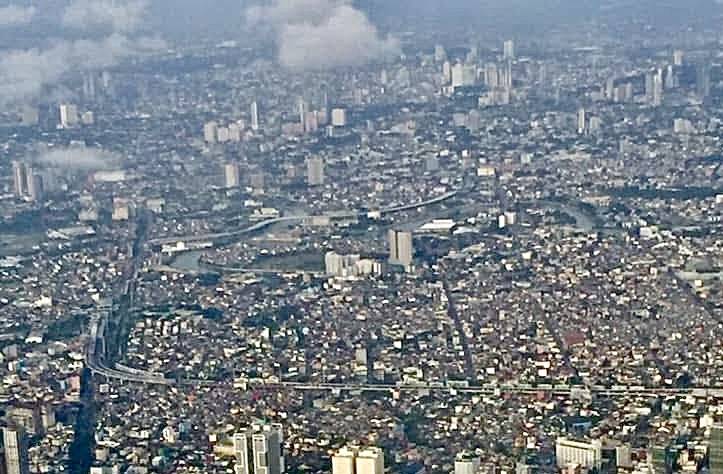Push to declare Pasig River a national treasure, historic landmark

Owing to the Pasig River’s immense role in Philippine history and cultural development, a move to declare it a National Cultural Treasure and National Historical Landmark is being pushed at both the National Commission for Culture and the Arts (NCCA) and the National Historical Commission of the Philippines (NHCP).
The effort aims to counter the still active plan of constructing an elevated highway on top of the historic waterway, to be called the Pasig River Expressway or Parex, which critics say will destroy the river’s historic and cultural fabric as well as its natural setting.
Dominic Galicia, an architect and staunch heritage advocate, recently sent petitions to the said agencies seeking the declaration of the river as a protected site to preserve “this vital symbol of our national identity.”
Galicia is a member and past president of the Philippine chapter of the International Council on Monuments and Sites, a global organization advocating for the protection and conservation of heritage sites in the world. The organization is likewise an advisory body for cultural sites of the Unesco.
In Galicia’s petition to the NCCA through its chair Victorino Manalo, he stressed that the river should be declared a national treasure for its exceptional historical, cultural, and ecological significance.
“For centuries, the Pasig River has been central to Filipino life, serving as a vital trade route since precolonial times and shaping the urban and cultural landscape of Manila,” he said.
“It has witnessed the growth of historic sites such as Intramuros, and has long been a source of livelihood, artistic inspiration, and community identity,” he added.
Ecological lifeline
Galicia also explained that the river is important in the ecological lifeline of Manila Bay, being a significant element of the natural setup of the bay’s ecosystem.
The highway project, he said, will alter this ecological balance as well as pollute the views, and will endanger the integrity of heritage sites and structures along the river.
“A National Cultural Treasure designation will provide the necessary legal and institutional framework to safeguard the Pasig River from irreversible destruction,” he said.

In his petition to the NHCP through its chair Regalado Trota Jose, he said that the river has “enormous historical significance” that warrants its declaration as a National Historical Landmark.
For centuries, he said, “The Pasig River has been central to the development of Manila and the Philippines, and by serving as a vital link between Manila Bay and Laguna de Bay, it has facilitated trade, communication, and cultural exchange since precolonial times.”
Galicia said the river is a symbol of early settlements, which was later developed to support the Manila-Acapulco Galleon Trade, which in turn propelled Manila into a global economic hub.
He said the river “also played a crucial role in connecting Intramuros with surrounding districts, shaping the city’s political and social fabric.”
Galicia urged both agencies to act urgently on the petitions for the river and its invaluable legacies to be saved.
The agencies already responded to his petitions and said they would look into these.
Fire station, church
In a separate development, the heritage consortium Manileños for Heritage condemned the NHCP decision to demolish the American-era fire station of Manila’s Santa Mesa district “without public consultation from the community.”
Located on Ramon Magsaysay Boulevard, the building is going to be affected by a road-widening project of the Department of Public Works and Highways (DPWH).
“The failure to engage the local community and consider our clamor to save the structure constitutes a grave oversight and a clear disregard for public participation in matters of cultural heritage preservation,” it said in its recent letter to the NHCP.
It called on the board of commissioners of the said agency to either reconsider or ditch its decision to lift the presumption of importance on the building and allow its demolition.
The group also called on the NHCP to revise its guidelines on the lifting of presumption to include a public posting period of 15 days, and asked the agency to just relocate the building instead of tearing it down.
It said that the possible relocation of the building “demonstrates that proactive heritage solutions are possible, even if unprecedented in the Philippine setting.”
The NHCP has yet to issue a public pronouncement about this recent development on Manila’s threatened heritage.
In yet another development, the NHCP stopped the planned demolition of the 19th-century entrance staircase of the San Juan Bautista Church in Dingle, Iloilo, saying that it is a presumed important cultural property protected by the 2009 and 2023 heritage laws.
The supposed demolition was to give way to the redevelopment of the drainage of the town plaza located in front of the church.
In its letter to Dingle Mayor Rufino Palabrica III, it requested the “immediate coordination of this concern to the owner of the reported construction works by submitting a signed development plan complying with” the said laws and guidelines on heritage protection from the DPWH.
The commission also reminded the local government “that consultations relative to all cultural heritage concerns should be conducted between the local government offices and stakeholders including various organizations to prevent similar situations in the future.”

















